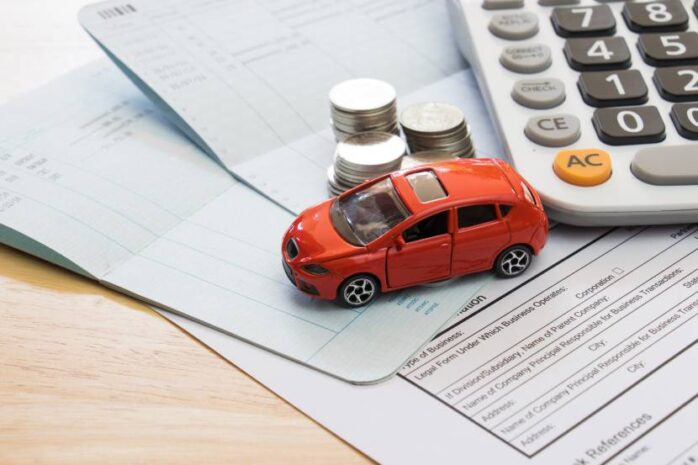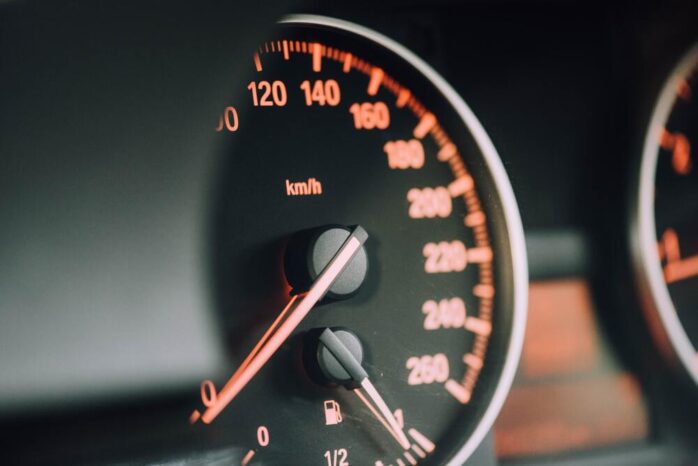There are a lot of factors that affect your car insurance rates. With over 6 million passenger car accidents in the US in 2019, car insurance companies are taking all the measures to calculate the risk of an accident. Some of the factors are obvious, while some are downright confusing.
Have you ever wondered why car insurance companies ask about your mileage while preparing the insurance quote? It seems completely out of the equation. But believe it or not, your mileage is a crucial factor in determining your car insurance rates.
Let’s take a look at how mileage affects car insurance rates and the different ways you can save money on auto insurance policies if your mileage is low.
Factors Affecting Car Insurance

Before we find out how mileage affects your car insurance rates, it is important to understand why any factor affects your auto insurance rates in the first place. Insurers consider multiple factors such as your driving record, past insurance claims, age, gender, location, etc to determine your insurance rates.
All these factors are indicative of the risk of a car accident associated with a person. For example, by looking at the driving record, insurers can find out the probability of the individual getting in a car accident.
People who have a poor driving record, who like to speed, or who drive in the wrong lane are more likely to be in a car accident compared to someone who follows the traffic rules. The same goes for past insurance claims and other factors. But where does mileage come in?
Mileage and Car Insurance Rates

People who drive more, pay more for car insurance. Your mileage is directly proportional to the cost of auto insurance. More mileage will result in higher prices for auto insurance. But why? The mileage you drive can impact your car insurance rates, and sharing accurate mileage information with Toronto car insurance brokers is crucial for an appropriate premium calculation.
Generally, the more miles you drive, the higher the risk of accidents, so lower mileage may result in lower insurance premiums as it indicates reduced exposure to potential hazards on the road.
Coming back to the risk factor that we discussed, mileage is also indicative of the risk of a car accident associated with someone. If a person drives a lot and spends more time on the roads, statistically, that person is more likely to get in a car accident.
And as insurance companies are very careful in assessing the risk of accidents, they do not want to leave any stones unturned. Every factor counts. But what is considered “high mileage” and “low mileage”? Are there proper brackets where people come under? Yes, there is.
What is High Mileage

There are proper divisions that create different brackets. This stratification allows people to get an idea of how much more or less they are likely to pay for car insurance policies based on their mileage.
Here’s a pleasant thing to know; while having high mileage will increase your auto insurance rates, having a low mileage makes you eligible for various discounts and other ways of saving money on auto insurance policies. We’ll discuss all that later in the article.
Here’s what different mileage brackets are called:
Below 5,000 miles – Low
Below 7,500 miles – Average
Below 10,000 miles – Above Average
Below 15,000 miles – High
Above 20,000 miles – Very High
For people with low mileage (under 5,000 miles a year), there are so many ways you can save on auto insurance expenditure. But for people whose mileage is above average and above, they’ll be getting the highest rates for this factor.
Low Mileage Savings

Based on the auto insurance company, people with low mileage are eligible to get discounts on auto insurance policies. What comes under low mileage and how much discount you can get depends on the insurance company. Expect a discount anywhere between 5%-10%.
However, getting discounts is not the only way you can save money on auto insurance policies. If you have an annual mileage of fewer than 8,000 miles, then why stick with general car insurance policies and pay for coverage you do not need? How about you choose pay-per-mile car insurance?
Pay-per-mile auto insurance is just like general car insurance. It comes with all the essential coverage options such as liability insurance, personal injury protection plan, collision coverage, comprehensive coverage, etc but you only pay for the miles you drive.
The rates are decided this way; a base rate is calculated based on different factors such as your driving record, age, gender, make and model of the car, etc. This base rate is then multiplied by your monthly mileage. So you pay only for the miles you’ve driven.
Pay-per-mile is not meant for people who drive a lot. For people driving more than 20,000 miles a year, pay-per-mile would cost them a fortune. But for people with low mileage, i.e., below 8,000 miles (or better, below 5,000 miles a year), it can be a life changer.
So if you are one of these people with very low mileage or have a second car that won’t be driven too much, then a pay-per-mile or usage-based car insurance policy is the one to go for. Compare different insurance companies and what they are offering. Find the best rates here and select the right policy based on your needs.
Conclusion
Your mileage affects your car insurance rates. Since the more you drive, the more you are exposed to the risks of car accidents, high mileage will increase your insurance rates. This is why you should choose an auto insurance company based on your mileage (companies that charge less for very high mileage).
On the other side, if your mileage is low, then consider getting usage-based car insurance to save as much as 35% on your car insurance policies.



















